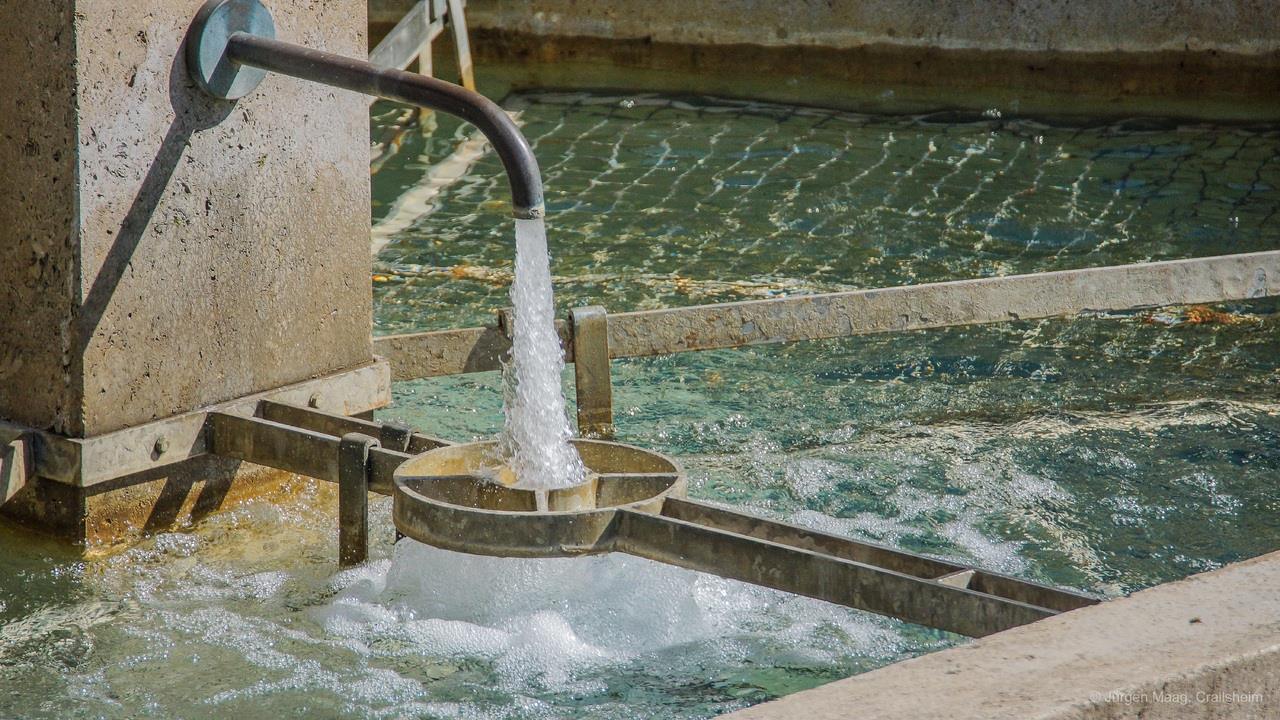It’s not something that most people think about although they should.

After all, you turn on your faucet and clean water comes out. However, this is something you take for granted.
The water may not be as clean as you think and, with an increasing number of droughts across the globe, there are fewer guarantees that water will come out of your faucet.
Despite most of the planet being covered in water, it is a finite and surprisingly scarce resource. This is because most of the water on the planet isn’t drinkable. Instead, the same water is recycled.
The largest bodies of water are the oceans. These heat up in the sun and the water evaporates, moving into the sky and forming clouds. The evaporation process removes impurities and gives you pure water.
Clouds move with the wind and gradually get larger. When they are large enough and encounter cooler air the evaporated water will turn back into the water, falling to the ground as rain. At this stage, it is relatively pure although it will pick up contaminants in the air.
Once it hits the ground it rolls across and through the earth to reach the lowest point, that’s reservoirs, lakes, and ultimately the ocean. As it moves through the soil it will pick up more contaminants. The level of contamination will depend on what is in the soil. But, it will certainly collect small bugs, bacteria, and a variety of minerals and metals.
Read Also:
There are several treatment facilities in Australia, the biggest ones are situated next to large bodies of water. Before the water leaves the site and is transferred to your home it must go through filters. These remove debris in the water.
The treatment center also adds chlorine to kill the bacteria and other pathogens in the water. In many cases, fluoride is also added as this has been shown to improve the strength of bones and teeth. Once treated and tested the water can be piped to your home.
The primary issue with the water is that chlorine and fluoride have been introduced. These two chemicals are beneficial but, research also indicates a link between these chemicals and the risk of cancer. Their presence in the water may not be desirable.
Alongside this, the water travels through many miles of pipes and it’s not possible to monitor every piece of pipe. In other words, small cracks can occur which allow water out and bacteria and other contaminants in. These are then carried to your home.
The only way to know exactly what is in your tap water is to have it tested. Of course, this isn’t practical on a daily basis but a test will show you what contaminants you are dealing with. When you realize that the water you’re drinking isn’t as safe as you think, it is you have two options.
You can purchase bottled water and drink this instead of your tap water. However, bottled water undergoes fewer tests than tap water and, in some cases, it is just tap water. It is also the more expensive option.
The alternative is to invest in a water filter for your home. You can choose between these great under-sink water filters and whole house systems.
In general, the filters that work with just one tap will suffice. They give you clean, safe drinking water and are easy to fit and replace filters. However, if you or a family member suffer from allergies you may prefer to go with the whole house system.
The water filter doesn’t just make your water safe to drink. It also ensures you know what is being removed and what is left in your water, which builds confidence in your water supply.
If you don’t want to fit a water filter and are not happy with the quality of your tap water then the other option is to dig your own well. You’ll need specialist boring equipment to make a deep enough hole and a pump to bring the water up. It will also be important to test and treat the water. It’s not the most cost-effective solution but it is an option.